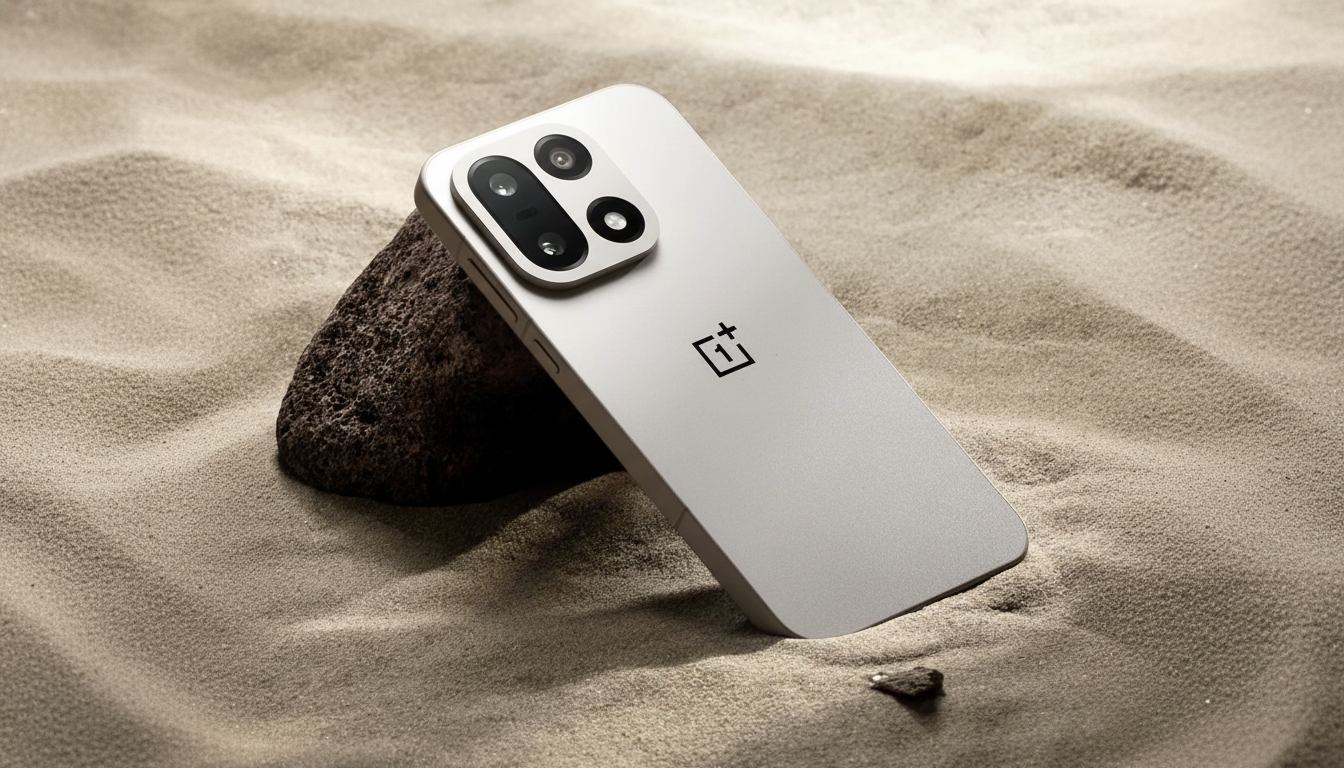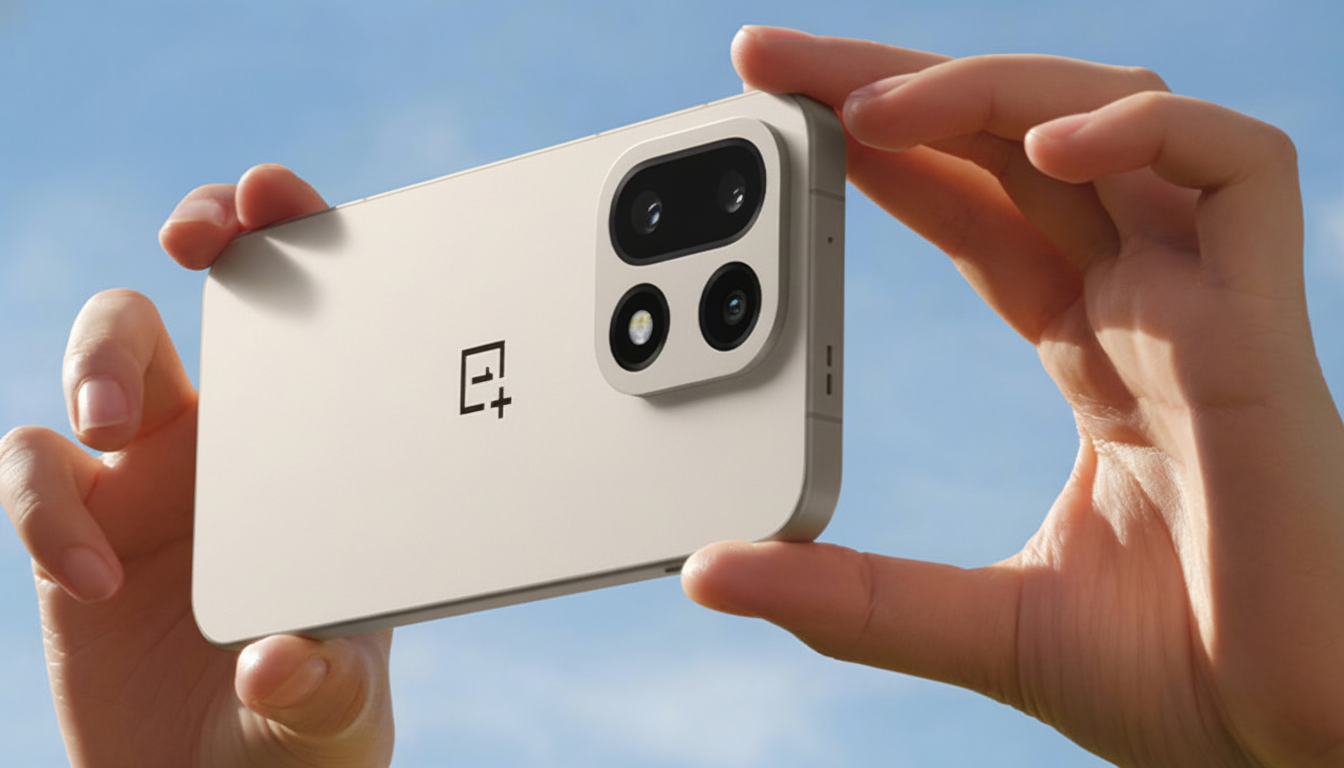OnePlus has just taken the wraps off its new OnePlus 15 in China, with big numbers used to headline performance: a Snapdragon 8 Elite Gen 5 SoC, as well as a huge 7,300mAh battery and impossibly smooth-sounding 165Hz display.
On paper, it sounds like an “ultra” flagship. In practice, the company’s rationale for the trade-offs elsewhere is a fig-leaf.

The brand message is clear: this is a performance-first device intended for prolonged gaming greatness, at the expense only of what needs to be sacrificed. That’s a bold promise. But look closer and you’ll see that the balance has shifted in ways that should matter to more buyers than I suspect OnePlus would like to admit.
Performance Pitch Masks Hardware Tradeoff
OnePlus was all about gaming during the launch, positioning the 15 as a solution for users who care about top-tier speed and thermal stability. That’s a reasonable response to a year of hot-running flagships, and the OnePlus 15 does indeed run warm. The problem is, this new priority comes at the same time as obvious hardware contraction in camera and screen — the two foundations most premium shoppers are going to have shoved in their faces every single day.
Camera Sensors Shrink, Confidence Does Too
At least according to a teardown from WekiHome, the new phone cuts back to smaller sensors on its main and ultrawide cameras, and especially the periscope telephoto. The latter is said to jump from a 1/1.95-inch sensor to a 1/2.75-inch, about half the size of the sensor size, which directly affects light capture and signal-to-noise performance with smaller-resolution systems and in darker situations.
There are aperture hits too. The primary camera aperture changes from f/1.6 on the OnePlus 13 to f/1.8, which diminishes incoming light by approximately 21%. The lower-light payoff is exacerbated when the periscope adds reach but at a faster aperture. Smaller sensors and smaller apertures mean more heavy computational lifting, and that’s the kind of in-camera smoothing that is going to smooth out fine detail at a texture level even when exposure seems fine.
It’s a frustrating reversal after the OnePlus 13 finally provided a truly good camera experience. This might well be the case, but scaling back now makes minimal strategic sense if the ambition is to appeal to premium buyers who already have plenty of options. And to top it all off, there’s no Hasselblad branding on this — and while that doesn’t guarantee a high-quality camera system by itself, the fact we still have it on OPPO’s Find X9 range but not on the GT continues to knock confidence levels down.
Higher Refresh Rate Does Not Justify Lower Resolution
The presentation story is just as confused. OnePlus swapped out the QHD+ 120Hz panel from the OnePlus 13 with a 1.5K at 165Hz display. OnePlus China president Li Jie Louis defends that the new panel is more expensive, and while QHD+ at 165Hz isn’t impossible, it’s not feasible to implement in 2025. Fair enough — but feasibility is not at all the same thing as desirability.

Jump from 144Hz to 165Hz and you’re looking at only a 14.6% increase in frames — something that some users struggle to justify outside of highly specific edge cases — despite QHD+ visuals dropping down by about 23–28%. That trade is spec-sheet swagger in exchange for everyday sharpness. Realme’s GT8 Pro predictably goes with a QHD+ 144Hz middle ground, one that more appropriately represents the balance mainstream users really need rather than just chasing headline numbers.
If the new panel is indeed more expensive, the resolution downgrade seems even less justifiable. Smoothness wins, but clarity is what the vast majority of people look at in text, images, and UI chrome all day long.
Follow the Costs — and the Incentives Behind Choices
There’s a more straightforward answer than marketing spin and corporate politics: cost structure. “While it is difficult to accurately determine why the technology costs so much, there are a few advantages that we can point toward,” TechInsights says. “For example, camera modules (especially when the sensors are large and have periscope assembly) have been one of the most costly items in various flagship devices according to reports from industry teardown firms for years.” There are also licensing fees for brand partners. By shrinking sensors and cutting the camera label, then dropping BOM pressure, it has room to hype cheaper-to-deliver gains such as higher refresh rates and silicon-driven gaming.
The danger is misjudging buyer priorities. “Camera quality ranks among the top purchase drivers globally, above gaming-centric features,” as per Counterpoint Research’s premium smartphone consumer studies. OPPO, Apple, Samsung, and Google have shown that you don’t really need to choose between good performance and an in-demand camera — at least when it comes to defining the premium tier.
What Buyers Should Watch Next Before Purchasing
Reserve final judgment until independent reviews run the OnePlus 15 through camera and display test labs, and until international pricing becomes apparent. Compare its low-light zoom, HDR, and portrait separation head-to-head with the OnePlus 13 and rivals. On the display side, consider whether you prefer the 165Hz panel’s smoothness despite lower resolution while reading or editing photos or using the phone outside.
If the downgrades aren’t offset by a substantial reduction in price, the value proposition begins to erode quickly compared with alternatives that maintain more ambitious camera offerings while delivering equally impressive performance.
For now, OnePlus’s “performance-first” excuse is clinging to a convenient defense for compromises that plenty of premium consumers aren’t going to accept — and which they shouldn’t be asked to in the first place.

